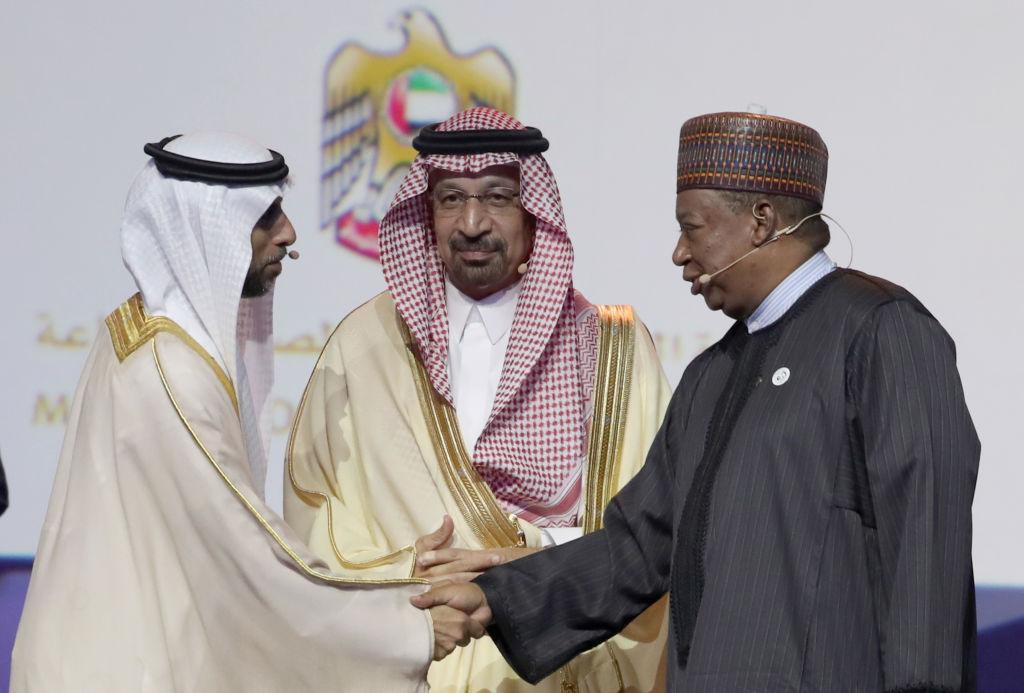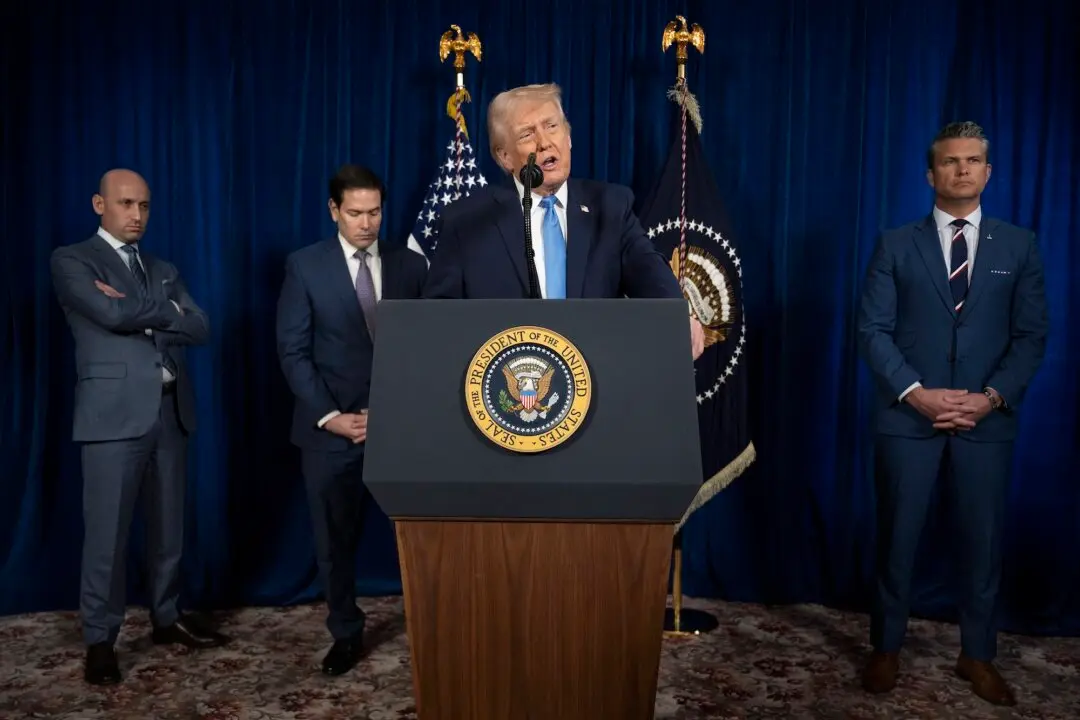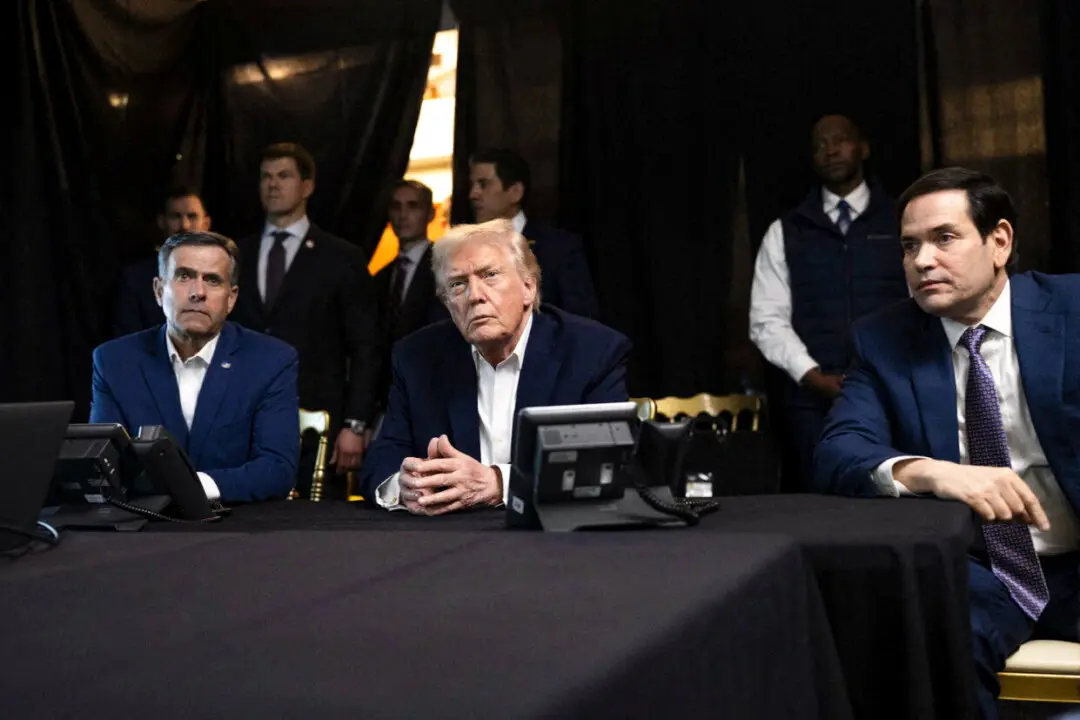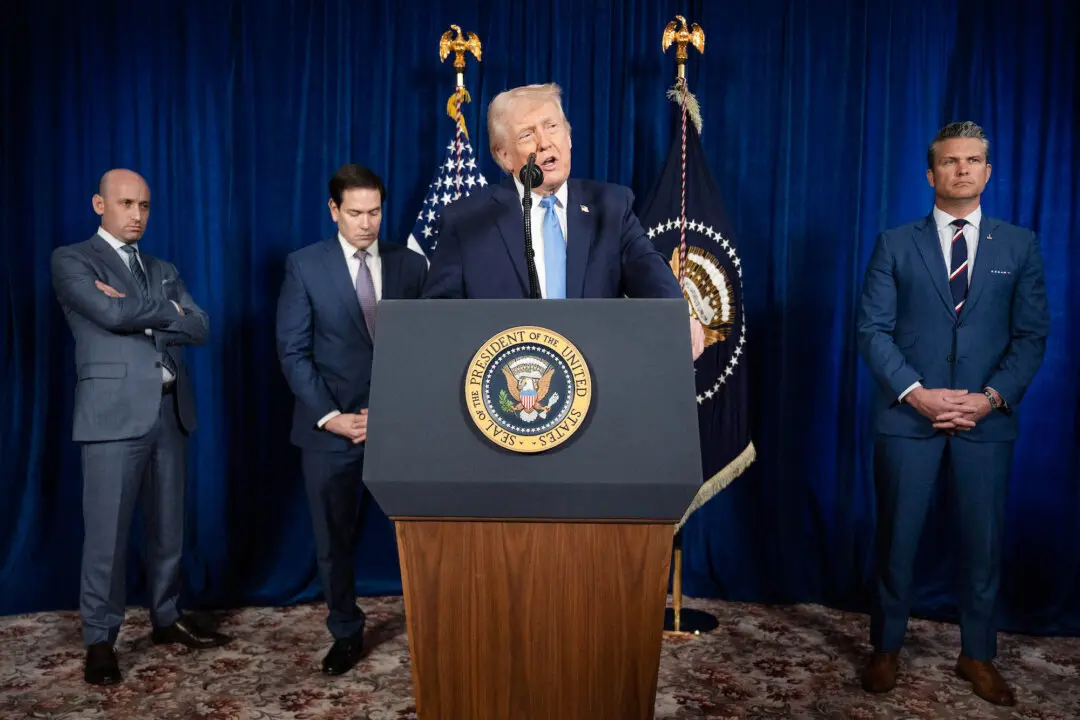A series of mixed messages from The Organization of the Petroleum Exporting Countries (OPEC) cause oil price volatility to spike recently. Whether the market is tightening up quickly, or there will soon be a global glut of oil—these are the contrary perspectives held by oil producing nations, offering a cloudy outlook for the market.
Oil prices took a nosedive since peaking in early October amid fears of a potential supply glut and cooling global demand. Crude futures benchmarks have slid more than 20 percent, entering a bear market.





